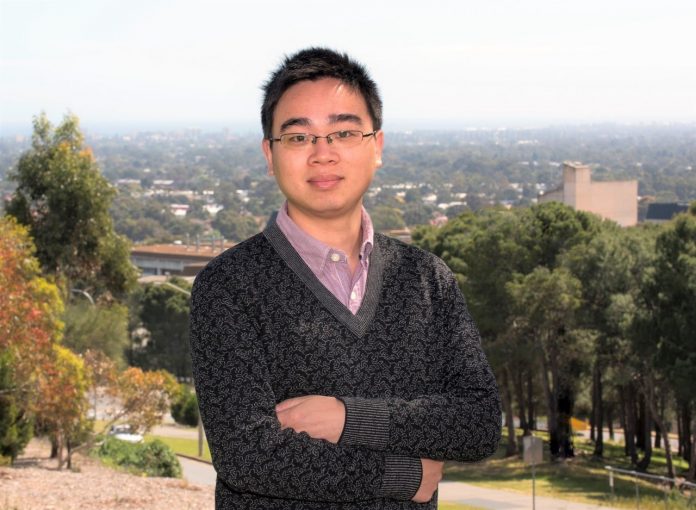
The age at which Australians become eligible to receive an aged pension is set to increase to 67 by 2023.
This will have unfortunate consequences for the number of people doing volunteer work in their retirement says Dr Rong Zhu a business economics lecturer at Flinders University.
Every year about six million Australian volunteers contribute more than 500 million hours of unpaid work for community and not-for-profit organisations, environmental and charitable activities.
Australian Bureau of Statistics estimated the value of all this unpaid work at more than A$17 billion in 2012-3 financial year.
Volunteering not only makes a major contribution to the active functioning and productivity of these vital groups but also contributes to a healthy, active and community involved retirement for older people and their families.
Dr Zhu used data from the Household Income and Labour Dynamics in Australia (HILDA) Survey. He found ongoing changes to increase pension eligibility ages for the Australian Age Pension is prolonging working lives and causing an unintended and undesirable shrinkage in the valuable volunteer workforce.
“While examining the impact of retirement on the supply of volunteer labour, we see that retirement, as a discrete change in lifestyle, leads to increased voluntary work among both older Australian men and women,” he said.
“However, the duration of retirement was found to increase volunteer labour supply of females only.
“Older people’s retirement also impacts positively on the volunteer behaviour of their family members.
“All of these are important avenues for greater personal and community wellbeing and the advantages that prolonging working lives can impact,” he says.
Australia has no compulsory retirement age, but most people see eligibility for the pension as a trigger to give up full time work. Over 70 per cent of older people in Australia are eligible to receive an age pension based on their income and assets, of these about two-thirds receive full benefits.
When the Age Pension was introduced in 1908, the qualifying age threshold was 65 for both men and women. It was soon reduced to 60 for women in 1910. Eligibility ages for men and women remained unchanged until July 1995, when the age threshold for women gradually increased, reaching 65, the same as men, in 2014.
From July 2017, the qualifying age for both genders started rising again by six months every two years until reaching 67 years of age in July 2023.
Life expectancy has increased in most countries. To relieve the financial burden of publicly funded pension schemes, many governments have extended the compulsory age thresholds for pension-related entitlements.
Most countries are in the process of raising their retirement age to 67 or 68. The major exceptions are retirement in the UAE at 49 and India at 50.
However, policies aiming at prolonging working lives and increasing workforce participation are not without costs.
Doctor Zhu says policymakers need to consider the trade-offs between the market and non-market labour supply of the elderly population.
Pensioners who have recently left paid work often have ample free time and many of them are potentially part of the volunteer workforce. Policymakers could provide them with economic incentives, information on opportunities and an understanding of the benefits of voluntary work.
Volunteering work is in the interests of both the seniors themselves and the welfare of the wider society, said Dr Zhu.
The research was published recently in the Journal of Economic Behavior and Organization.































